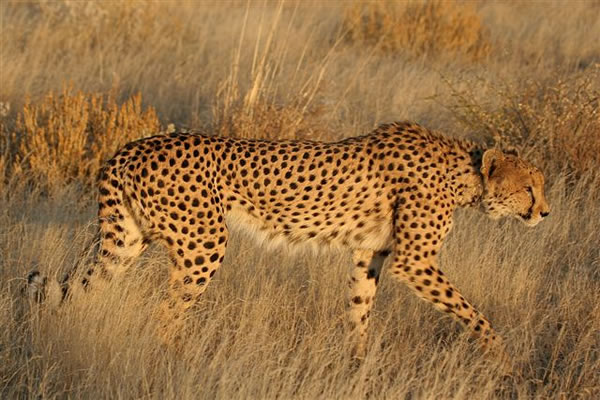
Social media fueling illegal wildlife trade – Cheetah Conservation research

A recent analysis from the Cheetah Conservation Fund (CCF) research established that dozens of cheetahs are being advertised for sale each year via popular social media platforms.
The Fund in an analysis published this week also said that trade of cheetahs via social media platforms remains prominent, and it is not just cheetahs.
The research infers the internet’s role in driving the trade of cheetahs is prominent, and engaging social media companies should be part of any solution. The analysis, which covers the period between January 2012 and June 2018, aims to determine the extent to which illegal cheetah trade exists online and to document the most relevant threats.
“The illegal trade in live cheetahs impacts the smaller, fragmented populations in East Africa most. Mitigating the threat requires a concerted effort by governments to not only to confiscate the animals, but to embark on a major awareness campaigns to reduce demand for endangered species as pets. Already vulnerable cheetah populations, particularly those in Ethiopia and Somalia, are at risk of local extinction because of poaching for the illegal pet trade,” said Dr Laurie Marker, CCF Founder and Executive Director.
Cheetahs are listed under Appendix I of the Convention of International Trade of Endangered Species (CITES). This means trade in wild-born cheetahs is permitted only in exceptional circumstances.
However, the Fund’s data analysis shows that 1,367 documented cheetahs were offered for sale through 906 adverts, which is approximately one-fifth (20%) of the world’s remaining wild cheetah population. Cheetahs are on a swift decline, dropping from an estimated 100 000 individuals a century ago to fewer than 7500 today.
According to the Fund the most utilised platforms are Instagram, 4Sale (a mobile app) and YouTube, comprising fifteen countries.
However, the Gulf Cooperation Council accounted for over 90% of the adverts, with Saudi Arabia totalling more than 60% of those.
The analysis focused on the three top sellers, all of whom are based in Saudi Arabia and posted 20% of all adverts. Of these sellers, one alone accounted for 12% of all adverts analysed and was found to offer multiple species that include lions, tigers, jaguars, wolves, gibbons and chimpanzee.
Cheetah Conservation estimates the number of smuggled cheetahs out of East Africa at 300 per year and many more die before being shipped to the Middle East.









































